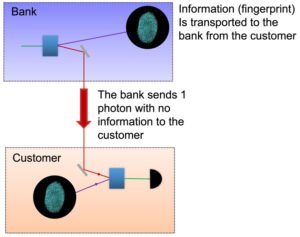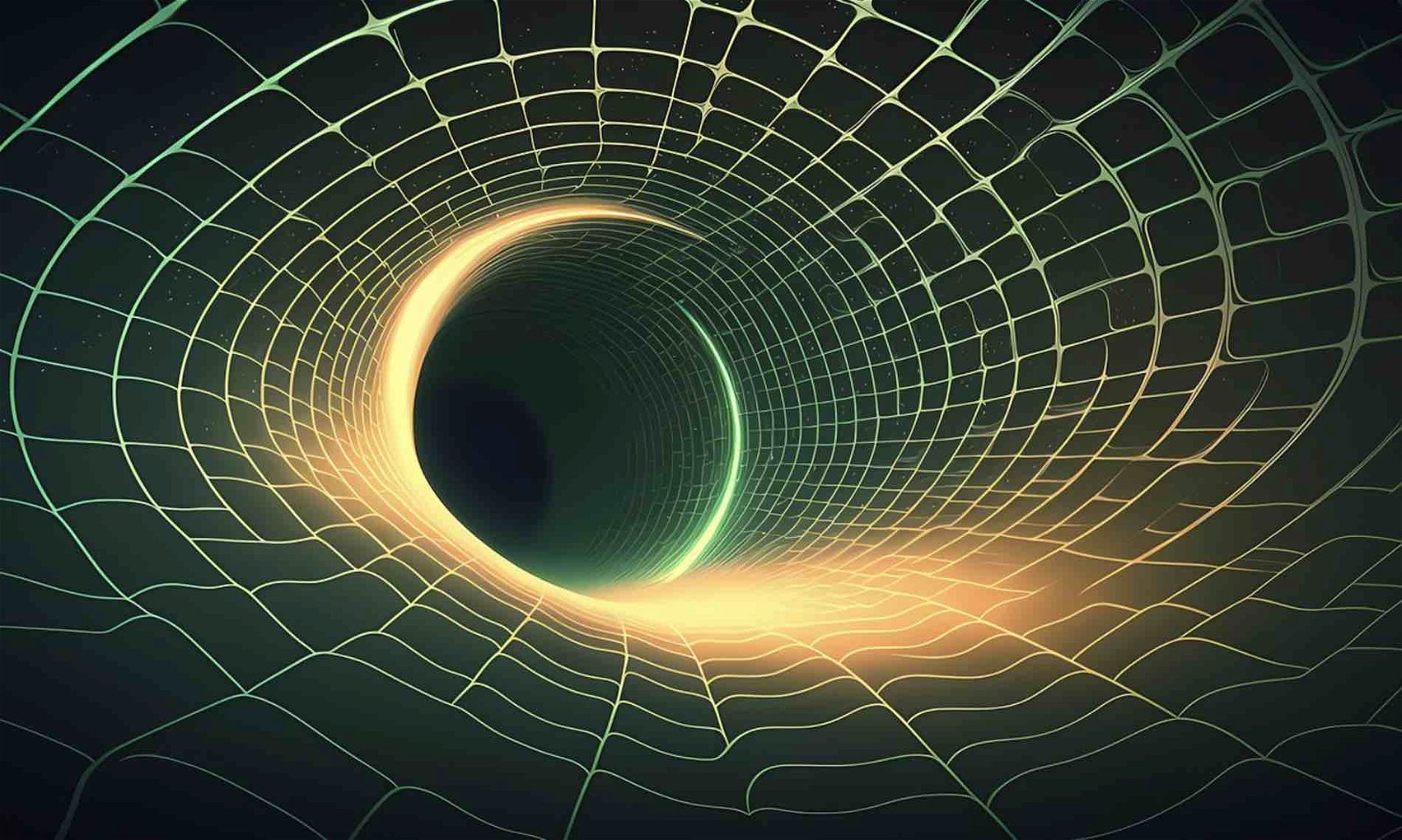A team of researchers say they have successfully demonstrated Star Trek-style ‘teleportation’ of images using a quantum transport method that does not physically send any information between the sender and receiver.
Likening the first-of-its-kind transfer to the teleporters used in the fictional Star Trek universe, the researchers behind their accomplishment say it is a first critical step toward realizing a quantum network for higher-dimension entangled states.
“Traditionally, two communicating parties physically send the information from one to the other, even in the quantum realm,” said Professor Andrew Forbes, the lead investigator from Wits University. “Now, it is possible to teleport information so that it never physically travels across the connection – a “Star Trek” technology made real.”
The researchers note that previous attempts to use the quantum realm to transport information have shown limited success. However, even those methods required some amount of information to pass physically between the sender and the recipient. Their process, on the other hand, uses laser optics to remove that part of the equation, allowing for information to be sent without any physical transfer.
The key to their breakthrough, which was published in the journal Nature Communications, was the use of a device known as a nonlinear optical detector. This device, they say, “circumvents” the need for additional entangled photons to be part of the communication like in previous experiments, resulting in a system that works for any “pattern” that needs to be sent.
The team also reports that their approach incorporates as many as fifteen dimensions of data and is scalable to even higher dimensions, “paving the way for quantum network connections with high information capacity.”
Star Trek-Style ‘Teleportation’ Technique Has Many Advantages and One Critical Disadvantage
In the press release announcing their Star Trek-style ‘teleportation’ breakthrough, the researchers say there are some significant advantages to their process and one critical disadvantage that could result in one too many Mr. Spocks on the Starship Enterprise.
A key advantage of this type of data transfer is the fact that if no information is physically sent, there is nothing to be intercepted and “hacked” by unwanted parties. One example the researchers cite involves the idea of sending one’s fingerprint to the bank for account authorization.
“In the newly proposed quantum transport scheme, the bank sends a single photon (one of an entangled pair) with no information to the customer, who overlaps it on a nonlinear detector with the information that is to be sent,” they explain. “As a result, the information appears at the bank exactly as if it had been teleported there. No information is ever physically sent between the two parties, so interception is fruitless, while the quantum link connecting the parties is established by the exchange of quantum entangled photons.”


Conversely, the researchers say that someone using their approach could create a problem seen in more than one science fiction story: a clone of the original.
“We have to be cautious now, as this configuration could not prevent a cheating sender from keeping better copies of the information to be teleported, which means we could end up with many Mr. Spock clones in the Star Trek world if that is what Scotty wanted,” explains Dr. Adam Vallés from ICFO (Barcelona), one of the leads on the project.
Still, Vallés explains, “From a practical point of view, the configuration that we currently demonstrate can already be used to establish high-dimensional secure channel for quantum communications between two parties.
Ultimately, the researchers say that their method is the closest thing we have ever seen to this once purely fictional technology realized in real life. Given a few improvements to their design, the idea of a Star Trek-style teleportation of entire images or even people themselves is not that far off after all.
“This protocol has all the hallmarks of teleportation except for one essential ingredient: it requires a bright laser beam to make the nonlinear detector efficient so that the sender could know what is to be sent, but doesn’t need to know,” explains Forbes. “In this sense, it is not strictly teleportation, but could be in the future if the nonlinear detector could be made more efficient.”
Christopher Plain is a Science Fiction and Fantasy novelist and Head Science Writer at The Debrief. Follow and connect with him on X, learn about his books at plainfiction.com, or email him directly at christopher@thedebrief.org.

